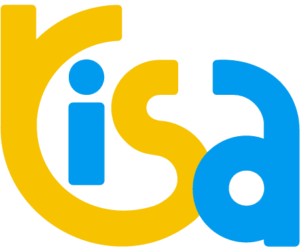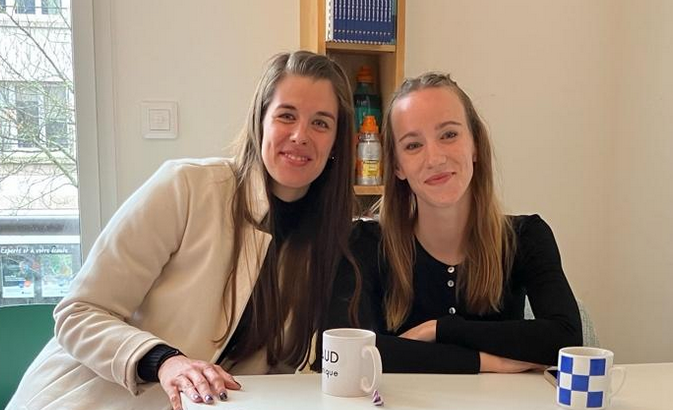In a world saturated with complex information and opaque administrative procedures, clear language becomes a tool for social justice. For young people, particularly those with cognitive disabilities, literacy challenges, or who are non-native speakers, understanding the messages that concern them is the first step toward taking action, staying informed, participating, and making decisions.
Clear language does not mean oversimplifying; rather, it means making information accessible, structured, and understandable at first glance. It allows communication with all young people, regardless of their backgrounds or reading abilities, promoting equal access to rights, services, and civic engagement.
Who Are the Young People Concerned?
Clear language is aimed at all young people, but it is especially crucial for those who:
- encounter difficulties in reading or learning,
- live with cognitive or psychosocial disabilities,
- are learning a new language (refugees, migrants, Erasmus students),
- are distant from institutions or formal codes.
Too often, these young people do not access their rights or support systems (healthcare, education, housing, mobility, citizenship) because the documents that concern them are written in administrative jargon, without consideration of their needs.
Tools That Transform Practices
Clear language is not just a writing method; it represents a cultural shift in how youth communication is designed.
In Europe, inspiring initiatives are emerging:
- easy-to-read brochures on young people’s rights,
- citizen engagement contracts in clear language,
- health campaigns adapted for young people with disabilities,
- multimedia resources co-created with non-native-speaking youth.
As the Council of Europe’s 2024–2027 Youth Strategy promotes inclusion, participation, and diversity, clear language emerges as a transversal and structuring tool. It fosters:
- understanding of rights,
- empowerment of marginalized young people,
- quality youth work at the European level.
In the long term, clear language could become a quality criterion for youth policies, much like physical accessibility is already for public facilities.
Listen, Involve, Co-Create: A Slovenian Inspiration from Zavod RISA

Around the theme of content accessibility and clear language, we had the pleasure of welcoming Maša Jereb (Head of the RISNICA Social Program, supporting autonomy, post-institutional transitions, and social participation) and Polona Rogina (Head of the BRLOG Social Program, supporting people with disabilities in daily life—healthcare, housing, etc.) to our offices in Saint-Nazaire at the beginning of 2025. This meeting took place as part of an adult mobility exchange within the Erasmus+ program.

During a day of discussions and workshops on clear language, Maša and Polona shared numerous practices developed by Zavod RISA to make information accessible to people with comprehension difficulties, particularly through clear language and easy-to-read formats.
They explained how users are systematically involved in creating and validating content, whether through co-writing articles for the 20 Minutes newspaper or participating in quizzes and debates on current events in clear language. They emphasized the importance of giving voice to those directly affected, seeing them not as passive beneficiaries but as co-authors and experts of their own experiences.
Among the emblematic projects mentioned were illustrated brochures on sexual education and gender in Easy Slovene, created to fill a critical gap in accessible information on sensitive topics. Maša and Polona also shared their inclusive approach to preparing young adults for Erasmus+ mobility programs through clear-language resources, practical workshops, and real-life simulations. They highlighted that clear language is still marginalized in public services in Slovenia, though progress is being made through collaborations with museums, special schools, and certain ministries.
This testimony provides valuable insight for our European reflection on information accessibility in the youth sector.
A Key Challenge for the “That’s Clear!” Project: Giving Young People a Voice
Our goal, along with that of our partners in the “That’s Clear!” project is not to speak on behalf of young people but with them. This means:
- involving young people in co-writing and evaluating resources,
- valuing experiential knowledge,
- creating accessible communication training for youth workers,
- encouraging public speaking, civic participation, and autonomy.
The “That’s Clear!” project thus aims to:
- Train youth professionals in clear language and inclusive design,
- Co-create resources with young people,
- Conduct co-diagnostic workshops on information materials,
- Network European organizations committed to accessible information.
